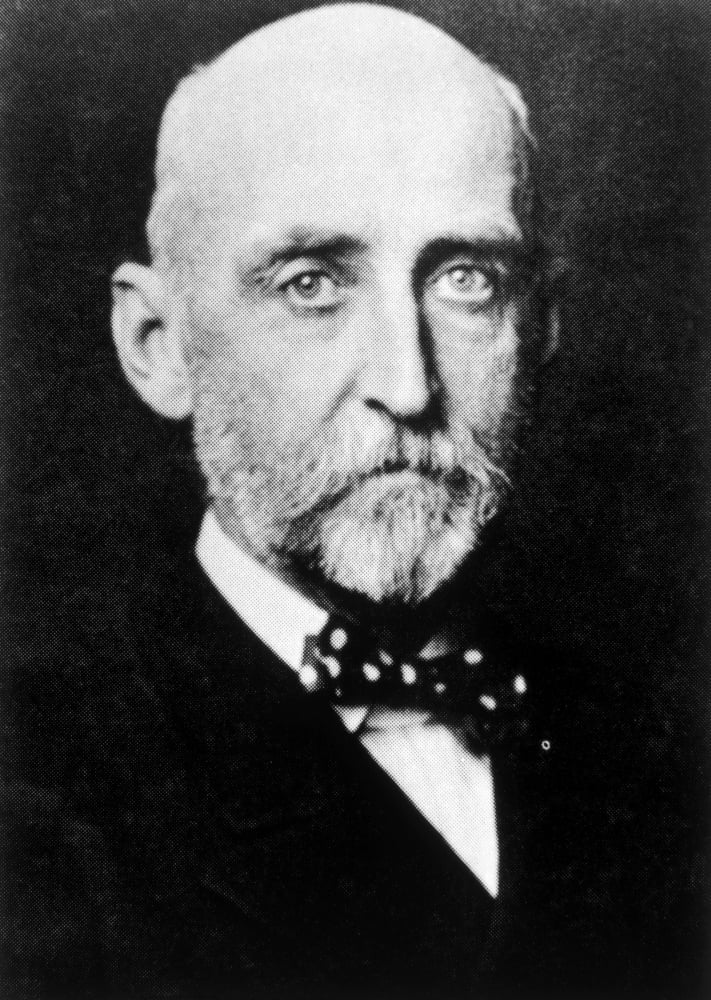


Also a shorthand bibliographical description of a book’s composition by its leaves and signatures, rather than its pages. Collation Process by which the contents of a book are inspected for completeness, checking against internal evidence, the table of contents and/or plate list, and reference works.Chromolithograph Lithograph printed in colors, typically three or more.Reverse calf, with a distinctive suede-like texture, is occasionally used. Readily marbled (“tree calf”), mottled, diced, colored, polished, tooled in gilt or blind, even scented (known as “russia”). Calf Binding material made from cowhide-versatile, durable, usually tan or brown in color, of smooth texture with no or little apparent grain.Broadside Sheet printed on one side, typically for public display, usually larger than folio size (a folio being a broadside-size sheet printed on both sides and folded once, to make four pages).Book-Plate Label, generally affixed to the front pastedown, identifying a book’s owner.Of particular value to collectors as evidence of a very early form of the book. “Original boards” refers to cardboard-like front and back boards, from about 1700 to 1840, used as temporary protection for books before their purchasers would have them bound. Boards Hard front and rear covers of a bound book which are covered in cloth, leather or paper.

#Alfred thayer mahan 1897 full#
Octavo, modern full black morocco, raised bands, marbled endpapers, all edges gilt.įirst English edition of this biography of Britain’s greatest naval hero by “the first philosopher of sea power,” illustrated with 19 engraved plates and 20 maps and plans (two folding), handsomely bound in full morocco by Bayntun-Riviere.

The Life of Nelson, the Embodiment of the Sea Power of Great Britain. “SUMMED UP AND EMBODIED THE GREATNESS OF POSSIBILITIES WHICH SEA POWER COMPREHENDS”: FIRST ENGLISH EDITION OF MAHAN’S LIFE OF NELSON, HANDSOMELY BOUND BY BAYNTUN-RIVIERE


 0 kommentar(er)
0 kommentar(er)
